In the fascinating world of avian behavior, one of the most intriguing phenomena is cooperative breeding, where certain birds assist others in raising young that aren’t their own. These “helper birds” challenge our traditional understanding of natural selection, where individuals are expected to prioritize passing on their own genes. Instead, these feathered assistants dedicate significant time and energy to improving the survival chances of chicks that may share only partial genetic relationships with them. This phenomenon occurs across diverse bird families worldwide, from the familiar scrub jays of North America to the exotic superb fairy-wrens of Australia. The reasons behind this seemingly altruistic behavior reveal complex evolutionary strategies and social dynamics that have evolved over millennia.
The Definition of Helper Birds
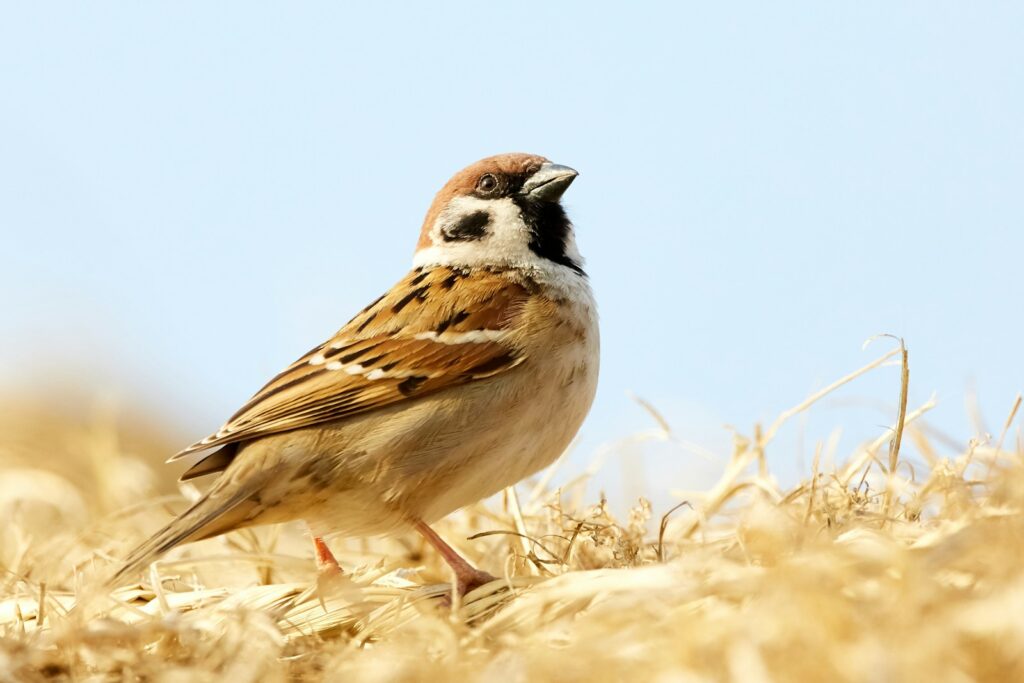
Helper birds are individuals that assist breeding pairs with various nesting duties despite not being the genetic parents of the offspring they help raise. These duties typically include nest construction, predator defense, territorial monitoring, and most importantly, the feeding of nestlings and fledglings. Unlike occasional helpers that might contribute sporadically, true helper birds show consistent participation throughout the breeding season and may continue this role across multiple years. The behavior is most commonly observed in species with complex social structures, including corvids (such as jays and crows), certain woodpeckers, bee-eaters, and various tropical and subtropical songbirds. Ornithologists classify this arrangement as “cooperative breeding,” distinguishing it from other breeding systems where parental care is limited to genetic parents or their mates.
Evolutionary Puzzles: The Paradox of Altruism
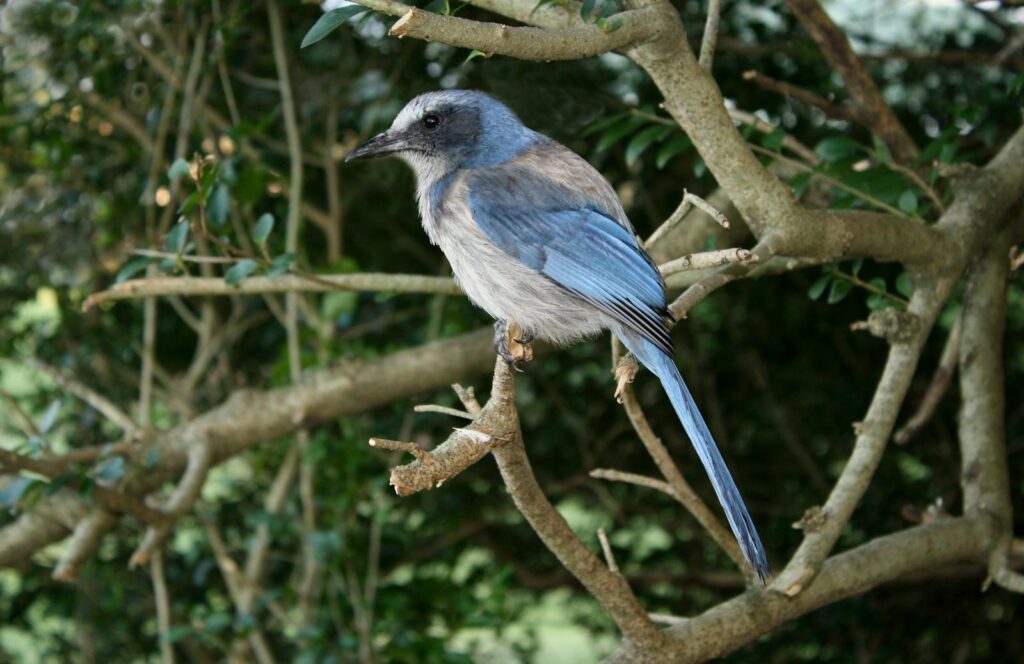
At first glance, helper bird behavior appears to contradict Darwin’s principles of natural selection, which predict that individuals should prioritize passing on their own genetic material. This apparent paradox led pioneering biologists like W.D. Hamilton to develop theories of inclusive fitness and kin selection in the 1960s. Hamilton’s rule mathematically demonstrated how seemingly selfless behavior could evolve if it sufficiently benefited related individuals carrying shared genes. According to this framework, helpers might accept personal reproductive costs if their assistance significantly boosts the survival of siblings or other close relatives. Over time, this can result in more of their shared genes persisting in the population than if they had attempted independent breeding with lower success rates. This elegant solution has been validated through numerous field studies that have documented helpers preferentially assisting close relatives.
Family Matters: The Kin Selection Hypothesis
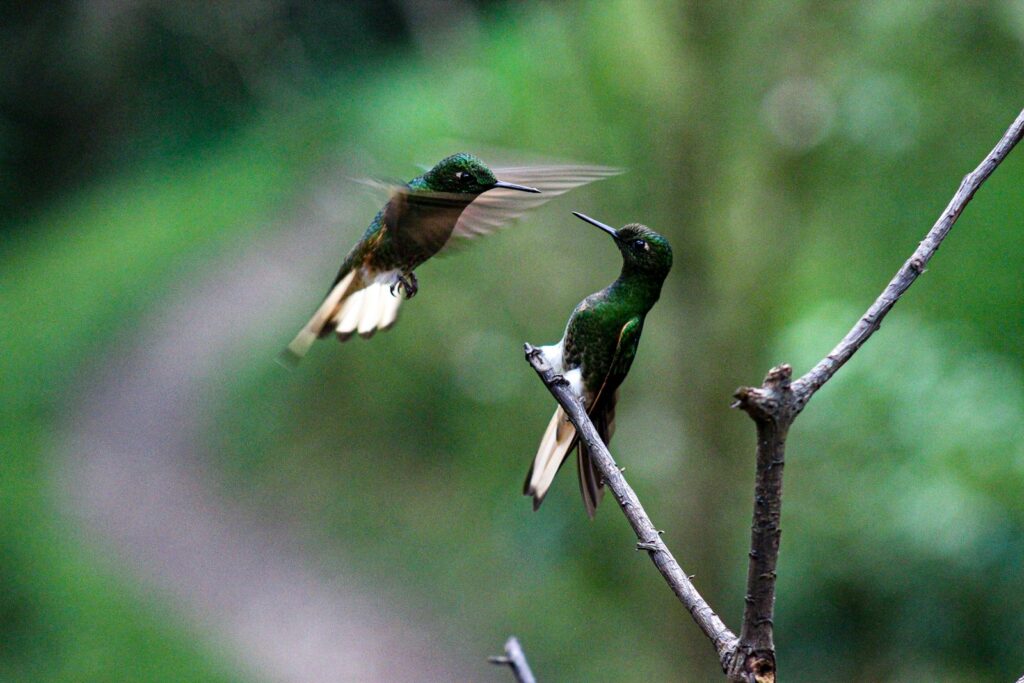
The kin selection hypothesis stands as the most widely supported explanation for helper behavior in many bird species. Under this framework, helpers are typically closely related to either the breeding male, female, or both—often being offspring from previous breeding seasons. By assisting close relatives, helpers indirectly promote the survival and transmission of genes they share with the nestlings through common ancestry. Research on Florida scrub-jays reveals that helpers are almost exclusively the previous year’s offspring who remain in their parents’ territory and help raise their younger siblings. DNA analysis of various cooperative breeding species has confirmed that helpers typically share significant genetic material with the nestlings they support. This biological connection provides an evolutionary incentive for helpers to invest in non-offspring nursing, as they’re essentially securing the survival of their own shared genetic heritage.
The “Waiting Game”: Territory and Mate Acquisition
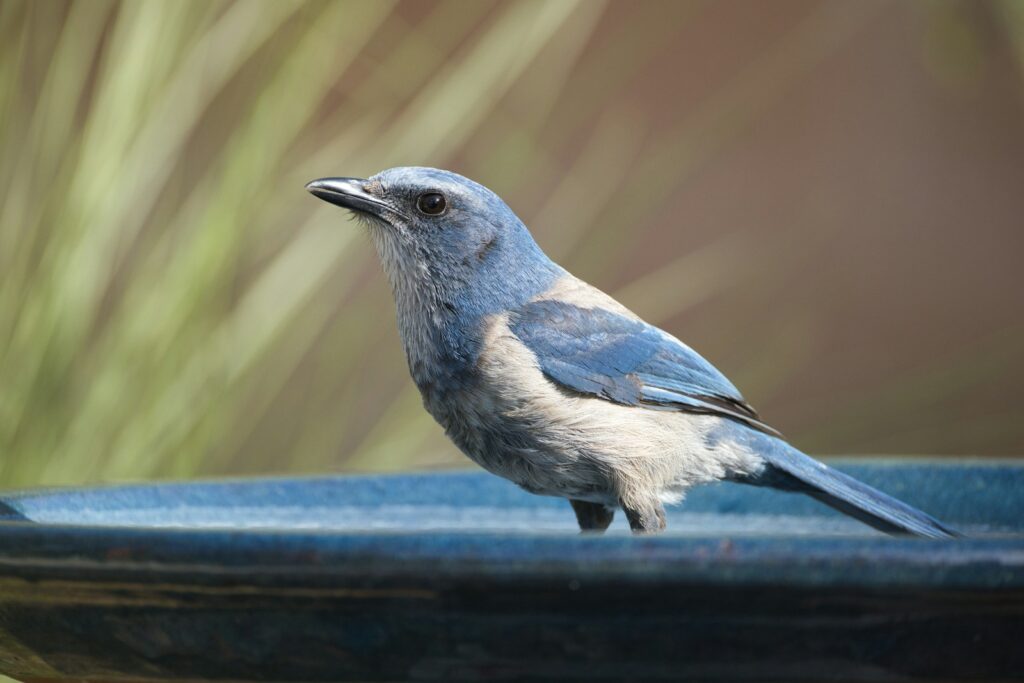
For many helper birds, assisting at the nest represents a strategic “waiting game” while they prepare for future breeding opportunities. In environments where suitable territories are scarce or completely occupied, young birds may have little chance of establishing their own breeding situation immediately after reaching maturity. By remaining as helpers in their natal territory or joining another group, these birds gain a safe haven while waiting for breeding opportunities to arise. This waiting strategy is particularly evident in species like the acorn woodpecker, where territories centered around productive oak trees are limited and fiercely defended. Helpers benefit from group living while simultaneously developing crucial parenting skills through their assistant role, essentially serving an “apprenticeship” that improves their eventual breeding success. When a breeding position eventually opens—through the death of a breeder or territory expansion—helpers often have priority access to these opportunities over non-helper “floaters” in the population.
Cooperative Breeding in Harsh Environments
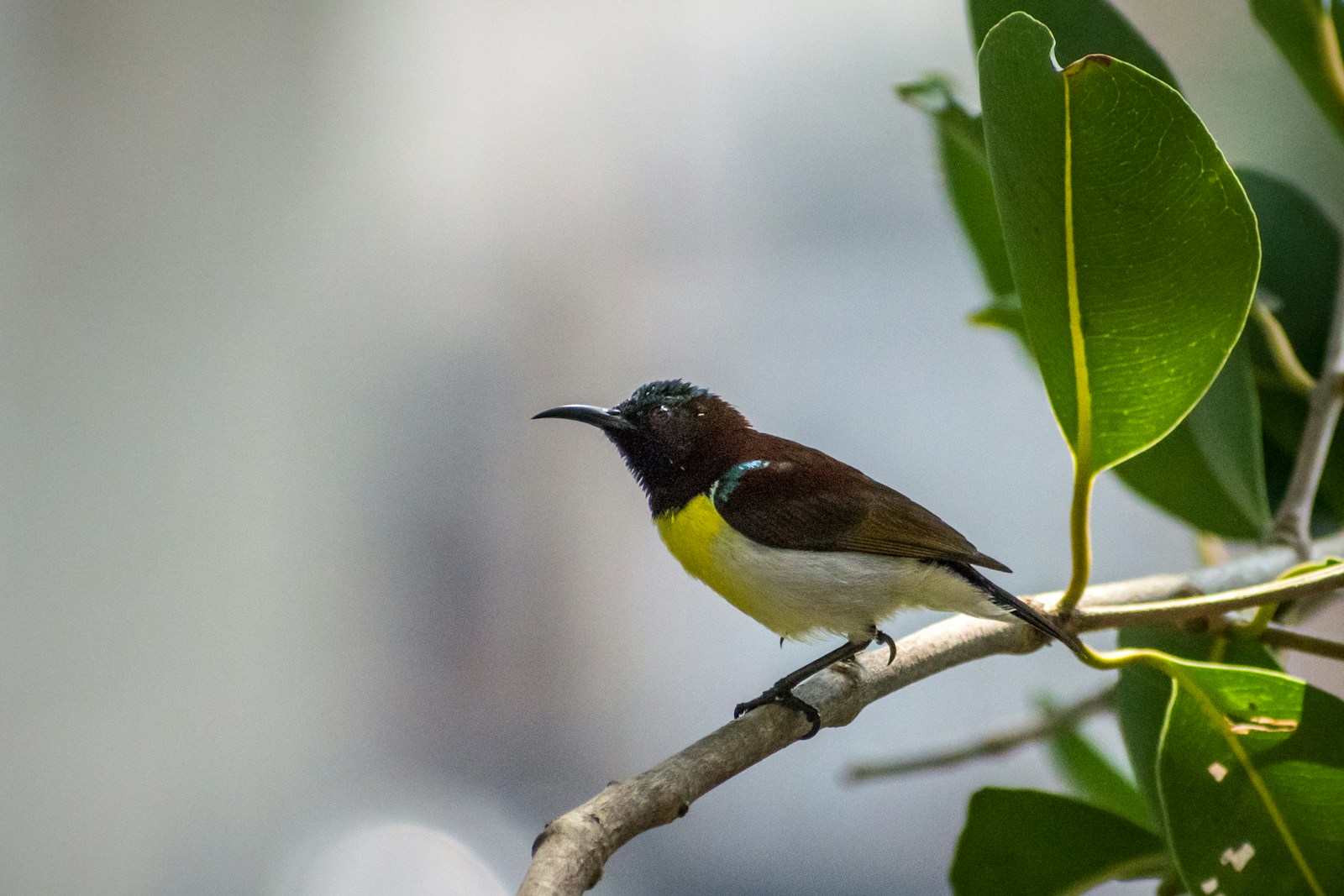
Environmental pressures play a crucial role in the evolution of cooperative breeding systems, with helper behavior appearing disproportionately in challenging or unpredictable habitats. Arid regions of Australia, Africa, and the southwestern United States host particularly high concentrations of cooperative breeding bird species. In these harsh environments, successful independent reproduction may be so difficult that cooperation becomes an adaptive necessity rather than just one option. The white-fronted bee-eaters of East Africa demonstrate how helpers become more numerous during drought years when breeding success plummets for all individuals. Resource limitations in these environments mean that territory quality varies dramatically, with few prime territories capable of supporting successful breeding pairs. Multiple studies have documented that cooperative breeding is also common on islands and in fragmented habitats where dispersal opportunities are restricted, suggesting that ecological constraints serve as important drivers for the evolution of helper systems.
The “Pay-to-Stay” Hypothesis
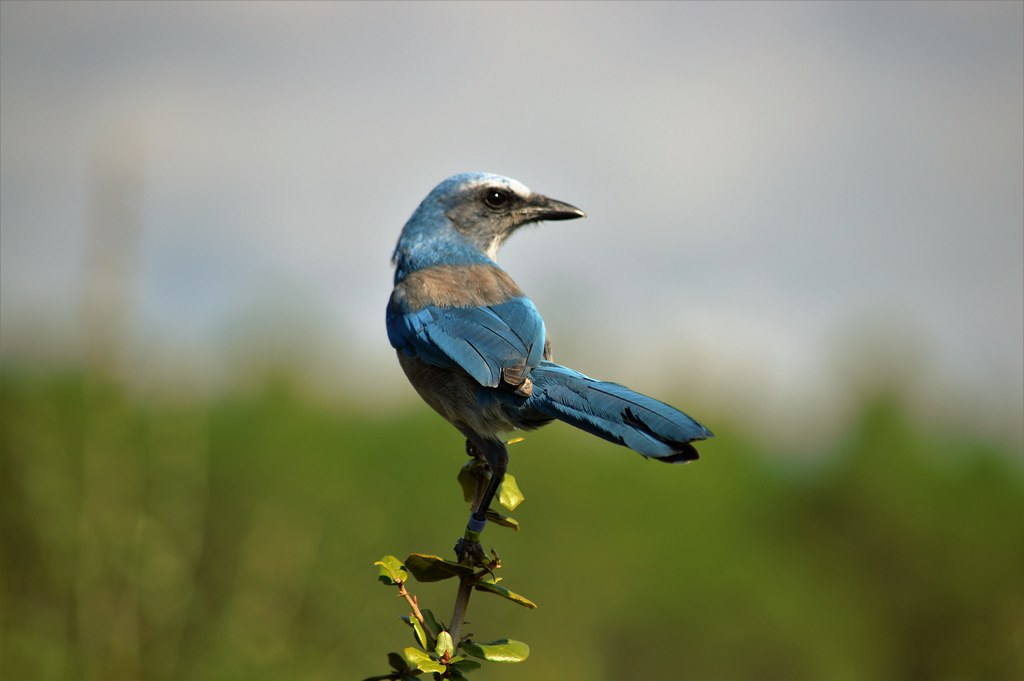
Some researchers have proposed that helping behavior may sometimes represent a form of “rent payment” that subordinate birds provide in exchange for being allowed to remain on valuable territory. This “pay-to-stay” hypothesis suggests that dominant breeding pairs tolerate the presence of additional adults only if these individuals contribute meaningfully to group success. Evidence for this comes from experiments with superb fairy-wrens, where researchers temporarily removed helpers and observed that upon their return, these birds significantly increased their provisioning rates as if compensating for their absence. In several species, dominant birds have been observed aggressively punishing helpers who don’t contribute adequately to nestling care or territorial defense. This social dynamic suggests that helping may sometimes be enforced through dominance relationships rather than being purely voluntary, creating complex negotiations between group members with different leverage and objectives.
Gaining Experience: The Skills Hypothesis
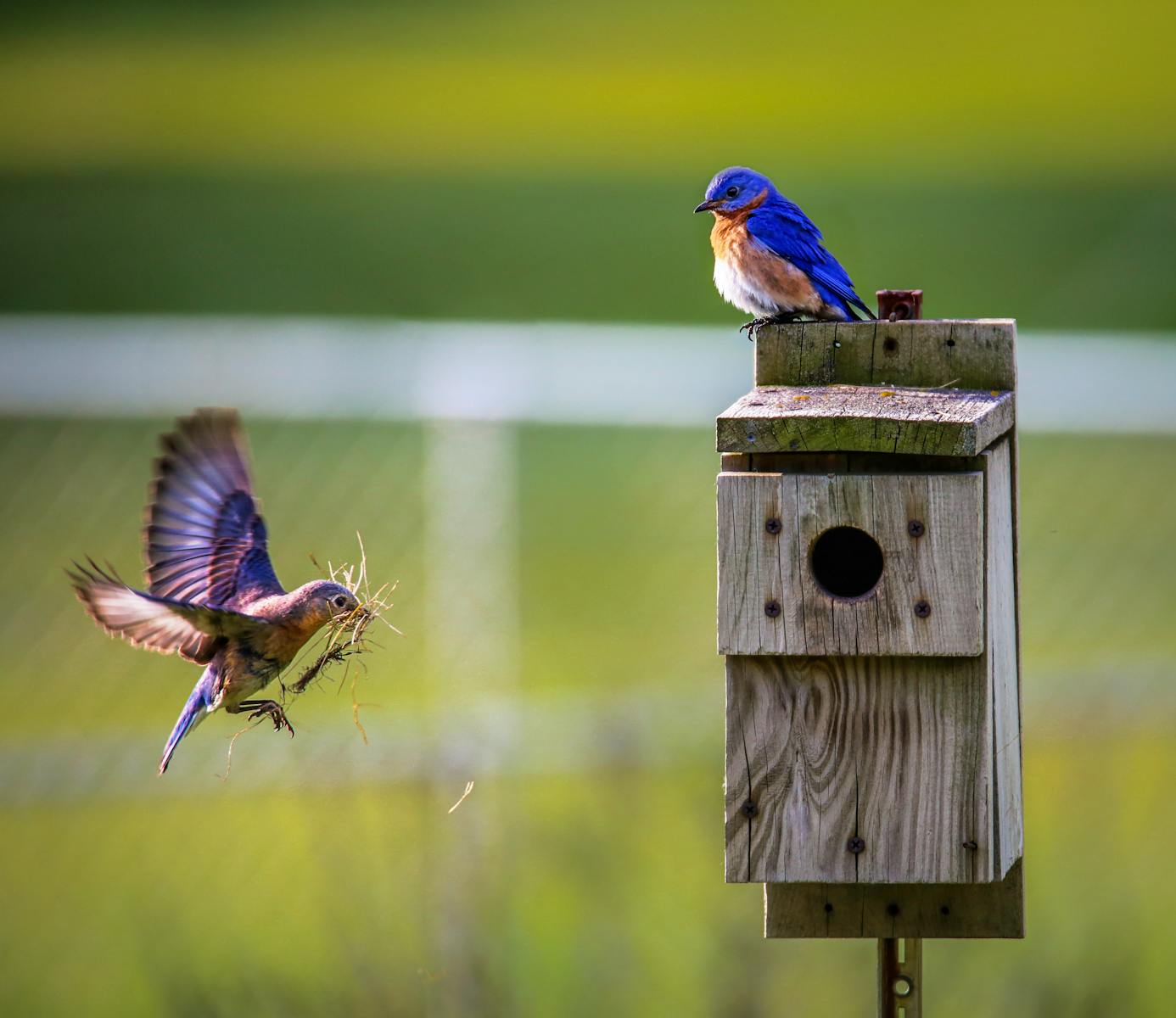
The skills hypothesis proposes that helper birds benefit from their assistant role by gaining crucial parenting experience that will improve their future reproductive success. Raising offspring requires a complex set of skills, including nest construction, predator recognition, food finding and processing for nestlings, and an appropriate response to begging behaviors. Young birds serving as helpers effectively receive a practical education in these critical skills without bearing the full responsibility of reproduction. Studies on several species have demonstrated that individuals with prior helping experience enjoy higher success rates when they eventually become breeders themselves. Long-term research on Seychelles warblers found that females with helping experience raised significantly more young during their first breeding attempt compared to inexperienced females. This experiential advantage appears particularly important in species with complex feeding techniques or specialized parenting requirements.
Group Living Benefits: Safety in Numbers
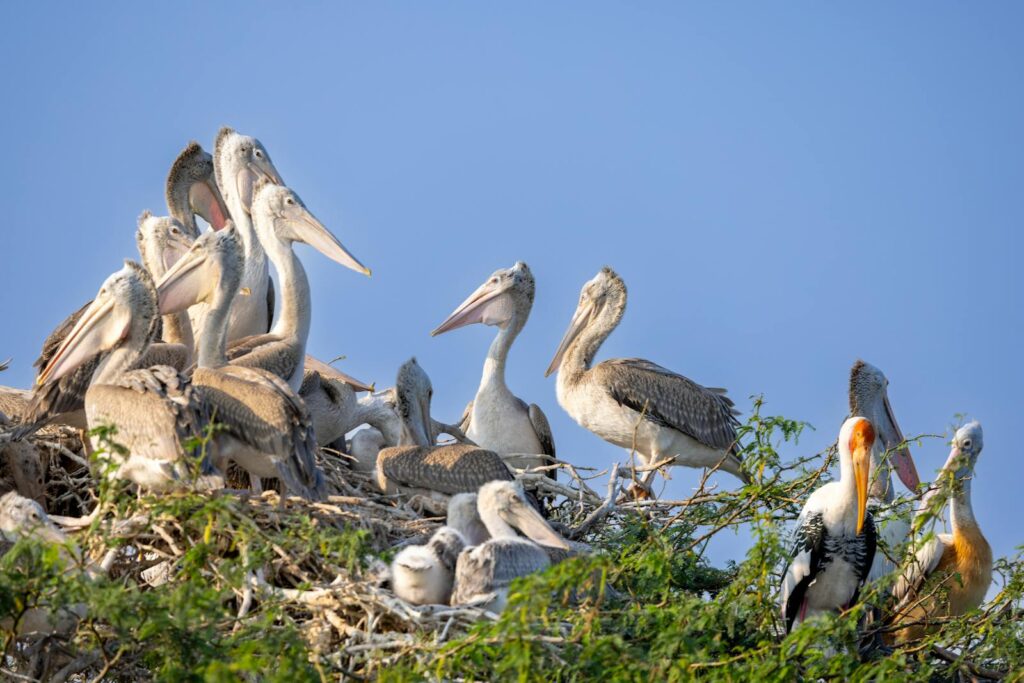
Beyond the direct assistance provided to nestlings, helper birds contribute to overall group advantages that benefit all members, including themselves. Larger groups typically excel at predator detection and defense, with multiple vigilant individuals creating a significantly safer environment. In the apostlebird of Australia, researchers have documented that groups with more helpers successfully detect approaching predators at greater distances, giving all members more time to respond appropriately. Cooperative species often employ coordinated defensive tactics that require multiple participants, such as mobbing predators or performing distraction displays. Some helper species also participate in sentinel systems, where individuals take turns watching for danger while others forage, directly increasing feeding efficiency and safety for the entire group. These collective benefits create selection pressure favoring cooperative groups even when direct reproductive advantages might be less obvious.
The Florida Scrub-Jay: A Classic Example
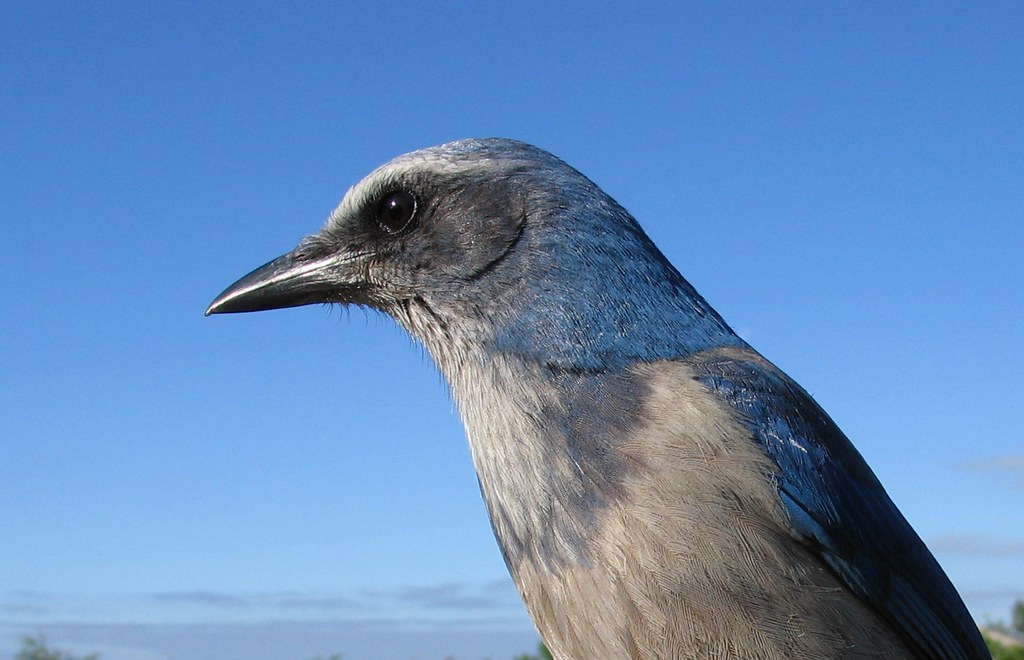
The Florida scrub-jay represents one of the most thoroughly studied cooperative breeding systems, offering clear insights into the complex dynamics of helper behavior. Endemic to the diminishing Florida scrub habitat, these distinctive blue and gray jays live in family groups where young birds typically remain with their parents for one to several years after fledging. These offspring-turned-helpers assist with sentinel duties, predator mobbing, territorial defense, and most importantly, feeding their younger siblings. Long-term studies by researchers like Glen Woolfenden and John Fitzpatrick have documented that pairs with helpers successfully fledge approximately 40% more young than pairs without helpers. DNA analysis confirms that helpers are almost exclusively assisting close relatives, supporting the kin selection model. This species also demonstrates the territory acquisition benefit, as helpers that remain in their natal area have higher priority for nearby breeding vacancies when they eventually occur.
The Surprising Case of Unrelated Helpers
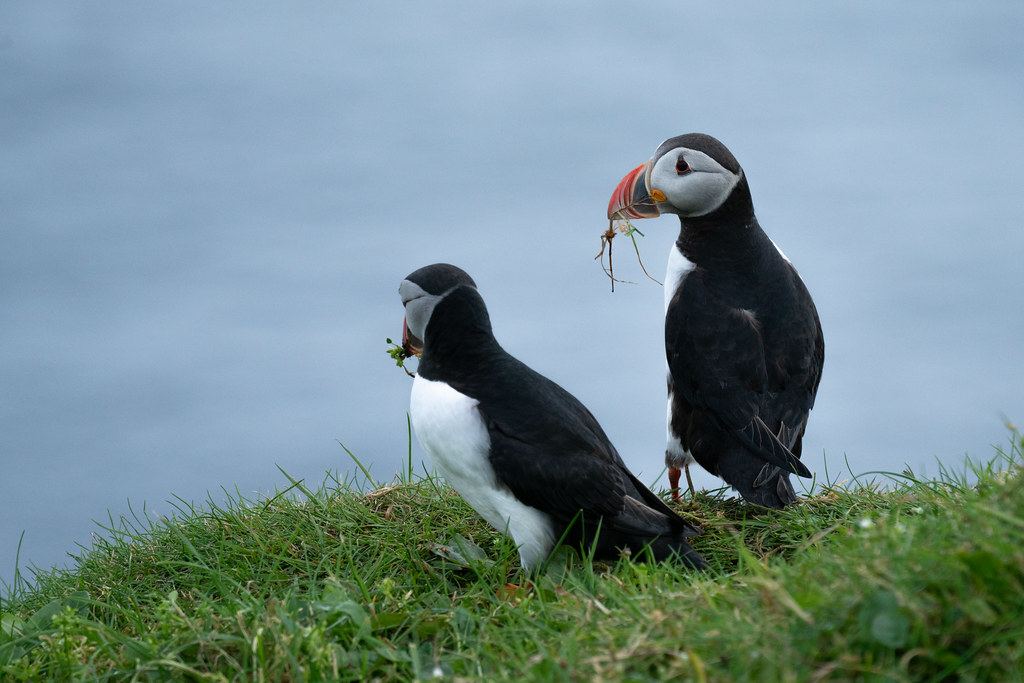
While many helper systems involve family members assisting relatives, researchers have documented numerous cases where unrelated individuals serve as dedicated helpers. This phenomenon presents a more challenging evolutionary puzzle since kin selection benefits are absent. In the pied kingfisher of Africa, unrelated male helpers assist breeding pairs with nestling provisioning despite no direct genetic relationship to the young. Studies reveal these unrelated helpers often gain unique benefits—they may receive preferential access to the female if the breeding male disappears, essentially “queuing” for breeding opportunities. In some species, unrelated helpers appear to form alliances with breeders that improve their social standing in the larger community. Careful observation of long-tailed tits has shown that failed breeders sometimes become helpers at nests of non-relatives, though they preferentially choose the closest available genetic relatives when options exist, suggesting a complex decision-making process weighing multiple factors.
Hormonal and Neurological Mechanisms

The proximate mechanisms governing helper behavior involve sophisticated hormonal and neurological adaptations that facilitate cooperative tendencies. Studies measuring hormone levels in helpers versus breeders reveal fascinating physiological differences. Helper birds typically show suppressed reproductive hormones like testosterone and estrogen compared to breeding individuals, creating a physiological state more conducive to alloparental care than reproduction. Research on Mexican jays demonstrates that helpers show elevated levels of prolactin—a hormone associated with parental care behaviors—when actively feeding nestlings. Neurological studies using modern imaging techniques have begun mapping brain activity in cooperative species, identifying heightened activity in reward centers when helpers feed young. These physiological adaptations suggest that cooperative breeding involves not just strategic decision-making but also evolved mechanisms that create positive emotional reinforcement for helping behaviors.
Implications for Conservation
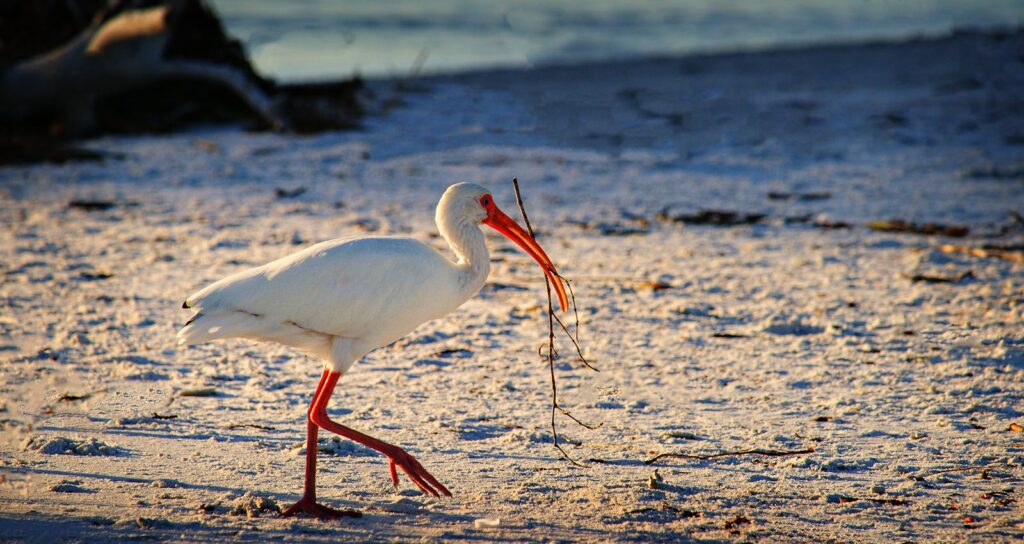
Understanding helper systems carries significant implications for conservation efforts targeting cooperative breeding species. Many cooperative breeders have specialized habitat requirements and complex social needs that traditional conservation approaches might overlook. The endangered red-cockaded woodpecker of the southeastern United States demonstrates how cooperative breeding affects conservation strategies, as successful reintroduction programs now ensure that relocated birds include appropriate helper individuals to support breeding pairs. Habitat protection for cooperative species must consider territory size requirements that accommodate entire family groups rather than just breeding pairs. The complex social dynamics of these species mean that population viability assessments must account for the presence and ratio of helpers to breeders, as these factors significantly influence reproductive output and population resilience. Climate change poses particular threats to cooperative breeders in arid environments, where already challenging conditions may become unsustainable even with helper assistance.
Future Research Directions
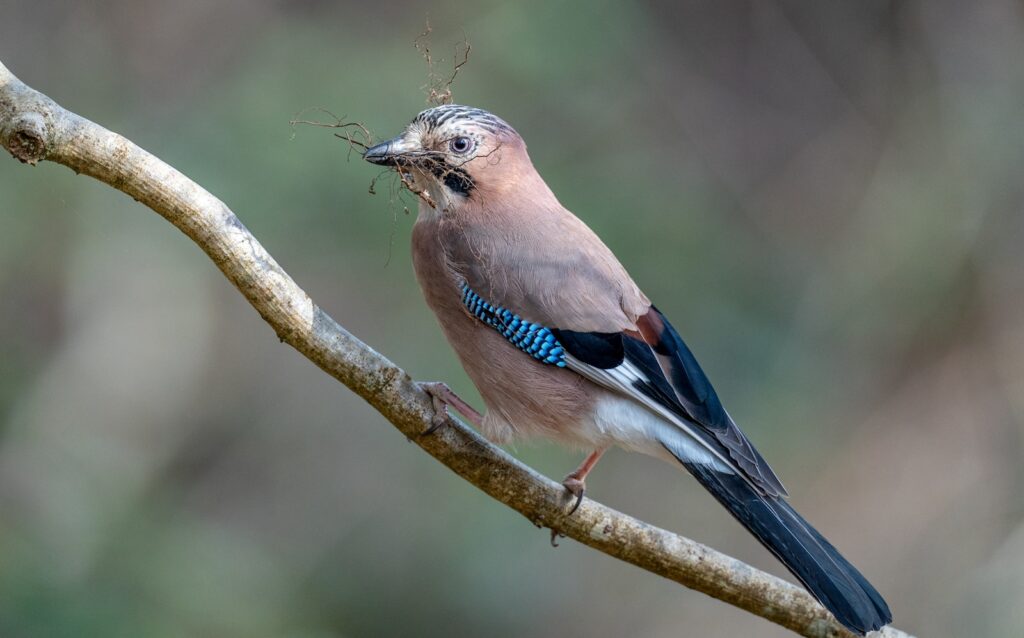
The field of cooperative breeding research continues to evolve with emerging technologies and methodologies opening new avenues for discovery. Advanced genetic techniques now allow researchers to map precise family relationships within helper groups and quantify the genetic benefits of various helping strategies with unprecedented accuracy. Miniaturized tracking technology enables continuous monitoring of individual helper contributions, revealing subtle patterns in workload distribution among group members. Cognitive research exploring the decision-making processes of helper birds may reveal more about how these animals assess and respond to their social and ecological circumstances. Cross-species comparative studies are increasingly identifying global patterns in the evolution and ecology of cooperative breeding systems. As climate change alters habitats worldwide, long-term studies of cooperative breeders may provide crucial insights into how social species adapt to environmental challenges through behavioral flexibility.
The phenomenon of helper birds represents one of nature’s most fascinating examples of cooperation. While seemingly contradictory to simple interpretations of natural selection, deeper investigation reveals sophisticated evolutionary strategies at work. Through mechanisms like kin selection, territory acquisition, skill development, and group living benefits, helper behavior has evolved as an adaptive strategy in specific ecological and social contexts. As we continue to unravel the complexities of these cooperative systems, we gain not only insights into avian behavior but also broader understanding of how cooperation can emerge and thrive in nature. These feathered helpers remind us that evolution has produced diverse solutions to life’s challenges, including social strategies that sometimes place cooperation alongside competition as paths to evolutionary success.
